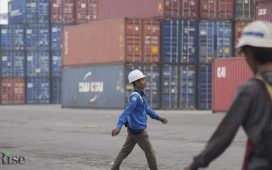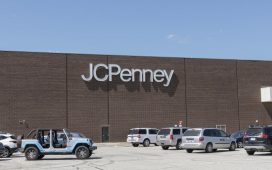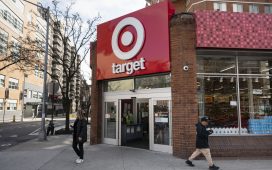E-commerce boom paved the way for hyperlocal logistics in suburban India
With internet penetration changing the lives of suburban and rural communities, consumers from Tier 3-4 cities, small towns and villages have easy access to a wide range of products, something they never thought was possible earlier. Also, digital payments, internet access and smartphones made it super convenient and easy for consumers to have access to all this information and reach. Indian eCommerce industry has thereby found newer markets to expand and newer audiences to reach, resulting in the growing popularity of hyperlocal as the preferred mode of logistics.
The growing market demand has prompted e-commerce brands to strengthen their hyperlocal networks — collaborating with local manufacturers, shopkeepers and logistics vendors to procure, ship and fulfill orders as fast as possible. The hyperlocal mode of operations has given a new lease of life to local businesses, who once feared being overshadowed by eCommerce.
Why speed is important in hyperlocal delivery
For hyperlocal deliveries, speed is the core essence, where customers expect their deliveries within a few hours, if not minutes. Be it ordering food from nearby restaurants or calling up your neighborhood grocery shop to deliver the monthly kitchen essentials or some spur of the moment buy, thanks to the new influencers springing on social media channels. However, many times, online orders are placed impulsively, and run a risk of being canceled by the customer if it takes too long to arrive. For instance, a person who orders a set of dumbbells may cancel their order if it takes more than a day to arrive after their spurt of motivation simmers down.
Hyperlocal deliveries thus have to be ultra fast and efficient, but the focus should not solely be on speed of delivery. Brands need to understand how the incorporation of advanced tech, effective supply chain practices and a customer-centric approach can make their deliveries faster and seamless. So far, the consumer demand for superfast deliveries has only been met in a limited number of urban pincodes with unabridged access to all amenities. The same needs to be replicated all over India for every citizen to enjoy the perks and privilege of hyperlocal delivery.
Role of technology, supply chain and the customer
When it comes to optimizing hyperlocal deliveries, technology plays a significant role in ensuring efficient and smooth operations. From live tracking of orders to AI-powered route mapping, from easy integration with a brand’s sales channels to seamless COD management —- brands can elevate their delivery game to a whole new level with technology.For efficient supply chain management, businesses need to coordinate and sync all stages of the delivery process, from pickup to the final mile transportation. For hyperlocal, the source of the order has to be already available in the geographical proximity of the end customer who places the order. One way of doing this can be leveraging the power of local marketplaces. Alternately, logistics companies like ours have also adopted ideas like retail store pickups or micro-warehousing close to the customer to fulfill hyperlocal deliveries for our partners.
Last but not the least, a customer-centric business approach is important — as it ensures that the customer is at the center of all operations, with delivery schedules and routes optimized as per their convenience and availability.
How businesses are leveraging hyperlocal delivery to grow
D2C brands are using hyperlocal delivery to deliver directly from their retail outlets spread throughout a city. One of Blowhorn’s clients, a leading footwear brand of India, even managed to reduce their inventory costs by 55% by enabling retail store pickups for intra-city orders. Some D2C brands in the FMCG category, who have a product line with limited shelf life, are leveraging our micro-warehousing facility to manage a small-sized inventory and fulfill all hyperlocal orders within a few hours.
From a business’s point of view, the best advantage of hyperlocal delivery is the reduction in overall logistics costs. It can and has helped a lot of brands to save on unnecessary warehouse rents or transport costs by optimized services like omnichannel pickups and milk run.
Hyperlocal logistics has not only helped businesses, but also played a major role in holistic economic development of urban and rural communities. With more and more logistics providers focusing on hyperlocal delivery, it is creating ample job opportunities for the Indian youth as delivery personnel.
There are indeed, certain challenges involved in the hyperlocal delivery process, from regulatory hurdles to lack of infrastructure. However, the gaps can be filled easily by leveraging technology and supply chain resources. In a diversely populated country like ours, hyperlocal logistics can be the missing piece of the puzzle to build India into the next economic superpower.
Nikhil Suresh is the Co-Founder and Director of Operations at Blowhorn.









